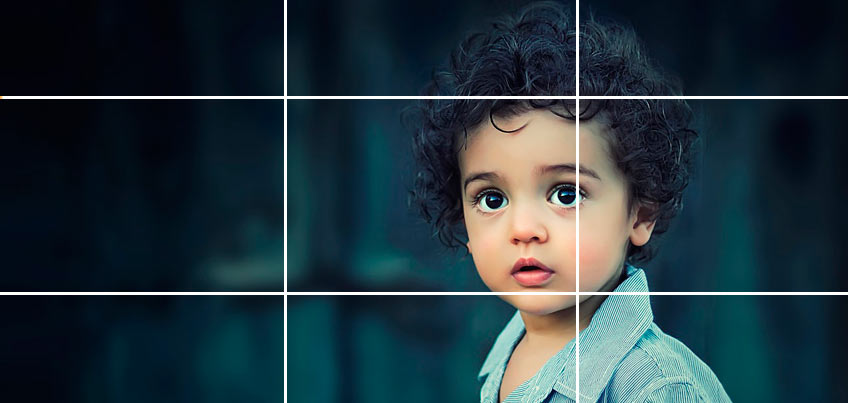Over time photography has accompanied us to express and connect with others , allowing us to transcend any origin, language or culture. It is worth asking ourselves: What is the value of a photograph today? Many years ago taking a photo involved a whole process, a photograph required a good reason, a justification to be memorable.
Not just anybody did it and the people who took their portraits or took a photograph were select, so taking a photo was a special event. At present, innovative technological advances allow us to take and interact with photographs on a daily basis, without fear of reaching a limit, now we are all part of a frenzied universe full of moments .
In this article we will investigate the definition, etymology, importance and characteristics of this fascinating and exciting visual art with which you can begin to introduce yourself as a professional photographer.

Etymology of the photograph
The word photography is derived from the Greek terms: phos (light) and grafis (writing), which means to write or draw with light.
What is photography?
Photography is a technique that is part of visual art. It consists of capturing lasting images using light as the main medium, which enters the camera body through the lens or objective in order to be projected on photosensitive media (physical or digital).
Actually there are different perspectives to understand what photography is, clearly photography goes beyond capturing a moment in a professional or amateur way. The photographer gives importance and value to his work since he decides to control his lighting, choose a theme, review his frames as well as his angles, among different eloquent components of the photograph.
And one of the most relevant things is knowing what you want to communicate , as long as you are clear about what you want to convey, the final result of the Photography will endure in the viewers, ceasing to be something ineffable to be memorable.
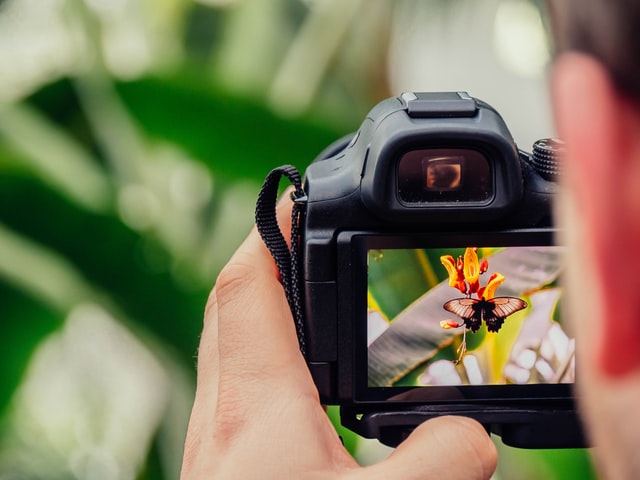
Origin of the photograph
Since the beginning of time, human beings have been interested in representing and manifesting themselves visually by transmitting a message or information, however, we had the demand to improve and experiment to be more efficient when communicating.
The ability to capture images has been a long journey where dozens of inventors, innovations and events have contributed so that today taking a photograph seems the most common.
Photography went through a great period of acceptance so that it would be as it is today, since it was not considered as an art, they believed that it did not expose anything of value, since to represent reality they preferred the art of painting.
On the other hand, during the 20th century, novel trends developed that influenced and opened the field for photographic art to demonstrate its potential, becoming an essential expression tool of our era.
Learn more about the history of photography .
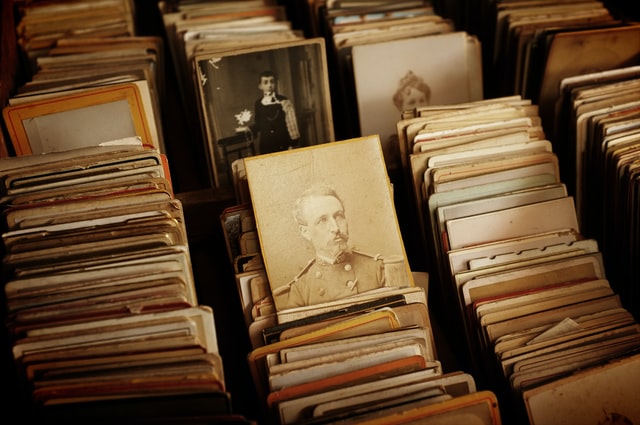
Photograph and image
First of all, the word “image” comes from the Greek eikon, which refers to visual representation as it has a certain resemblance to the object it represents. So the image is the visual representation of the appearance of a real or imaginary object.
It should be noted that photography is the technique that allows us to obtain still images of reality, as can be seen in both the connotations are similar but the definitions are totally different from despite being applied in a common way for both cases.
Photographic composition
The most important thing before taking a good photograph is to think about our composition, since it will allow us to give order to our elements so that there is a balance in our image. In addition, photographic composition allows you to take control of what you want to show in a photograph .
To begin with, we must be clear about what our point of interest will be , since it is an element that allows the human eye to be guided through photography, so that our receiver can correctly interpret our image. The center of interest should be as interesting as possible, and it is feasible that it has a large space in the frame, in addition to being as sharp as possible, also have good lighting.
Another key element is the use of color , it is very important since colors can generate different types of emotions, here it is remarkable to do a good use and take advantage of the white balance so that you can modify the tones to your preference, you can experiment between cold and warm colors.
For example, you can convey tranquility, balance, calm with blue, violet or white tones. On the contrary, warm tones such as reds, oranges, yellows or magenta, cause a feeling of energy and dynamism.
In a similar way the tone provokes emotions, since it is the level of intensity of the color in a photograph, for example, an image with too many shades or dark will evoke mystery or loneliness and a clearer one will be seen with more euphoria and inspiration.
On the other hand, the use of lines serves as a tool to create a reading order and direct the gaze of our viewers to a place of interest . We can find a different variety of the use of lines, such as horizontal lines that demonstrate dynamism or vertical lines with which we can demonstrate solidity, as well as the rule of thirds to place our point of interest between two or more intersections so that it stands out. .
Also texture is an essential element , it provides extra information to photographs since everything we photograph has its own texture and provides a three-dimensional sensation. What is really important is your ability to interpret, build and materialize your ideas to convey what you want.
Know in detail the elements of the photographic composition .
What is the importance of photography?
Photographs are a social communication tool that have great power and meaning, every photographic record is a sample of what the world is or was , a person, a place, an event, a moment; therefore, it is a social tool and one of the most effective ways to communicate.
It allows us to grow and see in various social sectors such as: news media, scientific, political, economic issues, as well as travel, portraits, landscapes, sales and even selfies of today.

What is photography today?
Photography has marked a before and after significantly, it has evolved extremely rapidly since its inception with the invention of the Frenchman Louis Daguerre with the Daguerreotype in 1839. Thus the photographic world brought with it digital cameras, which allow us to directly download digital photos .
We are used by electronic devices to move from one story to another, due to the immediacy, however, photography is a tool capable of transforming our lives.
When you see many high-impact photographs on a daily basis, you lose the sensitivity to appreciate and understand their messages. But, each photograph can mean the beginning of a great possibility, to generate a social impact.
It should be taken into account that photography is not a matter of chance, through photography we are expressing ourselves, we show our essence, capturing part of our personality . Today due to privilege and quick access to a camera, we photograph everything, but are we really aware of the projection of ourselves that our photographs have?
Types of photography
It is important to emphasize the different specialties and subspecialties that can be done in photographic art.
Scientific Photography
It is captured through telescopes, microscopes and other implements, to show what is not commonly seen with the naked eye. It is applied by various disciplines, mainly in astronomy, biology and medicine.
Advertising Photography
It is used for the publicity or diffusion of services or products of any kind.
Fashion Photography. It is based on and accompanies shows and other fashion events, emphasizing clothing and showing off trends.
Documentary Photography
It is done for informational purposes, that is, it is testimonial. It is born from the practice of photographically observing the world, based on political and social issues, observation of reality, etc.
Landscape Photography
It consists of showing nature in its maximum splendor, both flora and fauna, and requires a great knowledge of different techniques since it is a very broad discipline.
Self-portrait Photographic
It involves the production of an image whose subject is the performer who takes the photograph.
Photography Street
It consists of capturing reality spontaneously, directly in public places.
Product Photography
Here it is possible to photograph any type of element: food, bottles, clothes, jewelry, perfumes, furniture, electronic devices or even kitchen dishes, etc.
Macro Photography
Macro photography tries to show a larger subject than it is in real life: an extreme close-up of something small.
Night Photography
Night photography is the activity of capturing photos outdoors at night, between sunset and sunrise.
Sports Photography
It is based on capturing the most important moments of a sporting event. Because athletes are in constant motion.
Photography of Architecture
It is responsible for taking shots of the exteriors or interiors of buildings, their structure and their conditioning.
Photographic Portrait
Portrait photography consists of capturing the essence of a person’s face, their features and the most characteristic details of their expressions.
Learn more about each of the types of photographs .
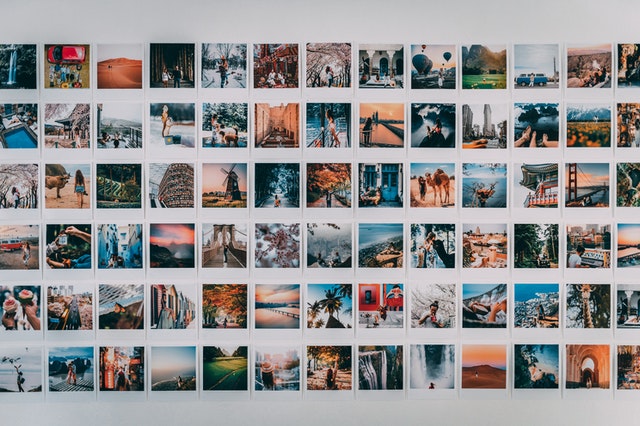
Photographic objectives
Let’s not forget how relevant photographic lenses are, all cameras have one, which can be interchangeable or fixed, the lenses allow us to modify the perspectives of things to change the way we see them, allowing us to work with different viewing angles.
The shorter the focal length = the greater the angle of view = the greater depth of field.
Some commonly used targets are:
Short or normal
They have a focal length from 35 mm to 60 mm and produce an effect quite similar to that of the human eye, with a viewing angle between 43 ° and 56 °, which which produces perspective without distortion.
Large angles
They cover a short focal length, less than 50 mm, obtaining a wide angle of view (between 60 ° and 180 °). For this reason, they are usually more required for landscape photography.
Telephoto lenses
The focal length is greater, about 135 mm. This allows you to photograph subjects or objects from a distance.
Fish eye
It has a focal length of between 8 mm to 17 mm, it allows them to have an angle of view even greater than 180 °, so there is a distortion that can be seen in an optical effect of curvature in the image.
Macro
They are used for macro photography, that is, to take quality photographs of objects at a very close distance.
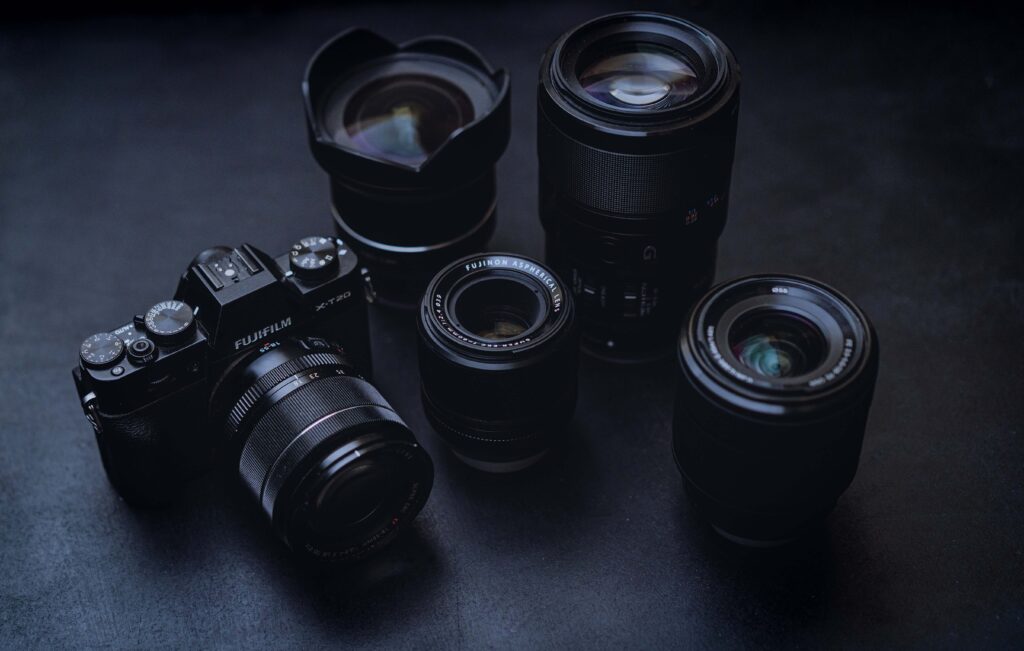
Finally there is a world to capture this art, everyone will have preconceptions, you must search deeper and be creative. Not all the photos you take will become iconic or transcend history, but it is important to understand, especially when you are passionate about photography that each and every one of the photos you take is important, because for the protagonists of those images, their stories are important.
And if you are a spectator, could you ask yourself the following questions to better understand photographic art. What message did the photographer want to convey in each of the photos?

